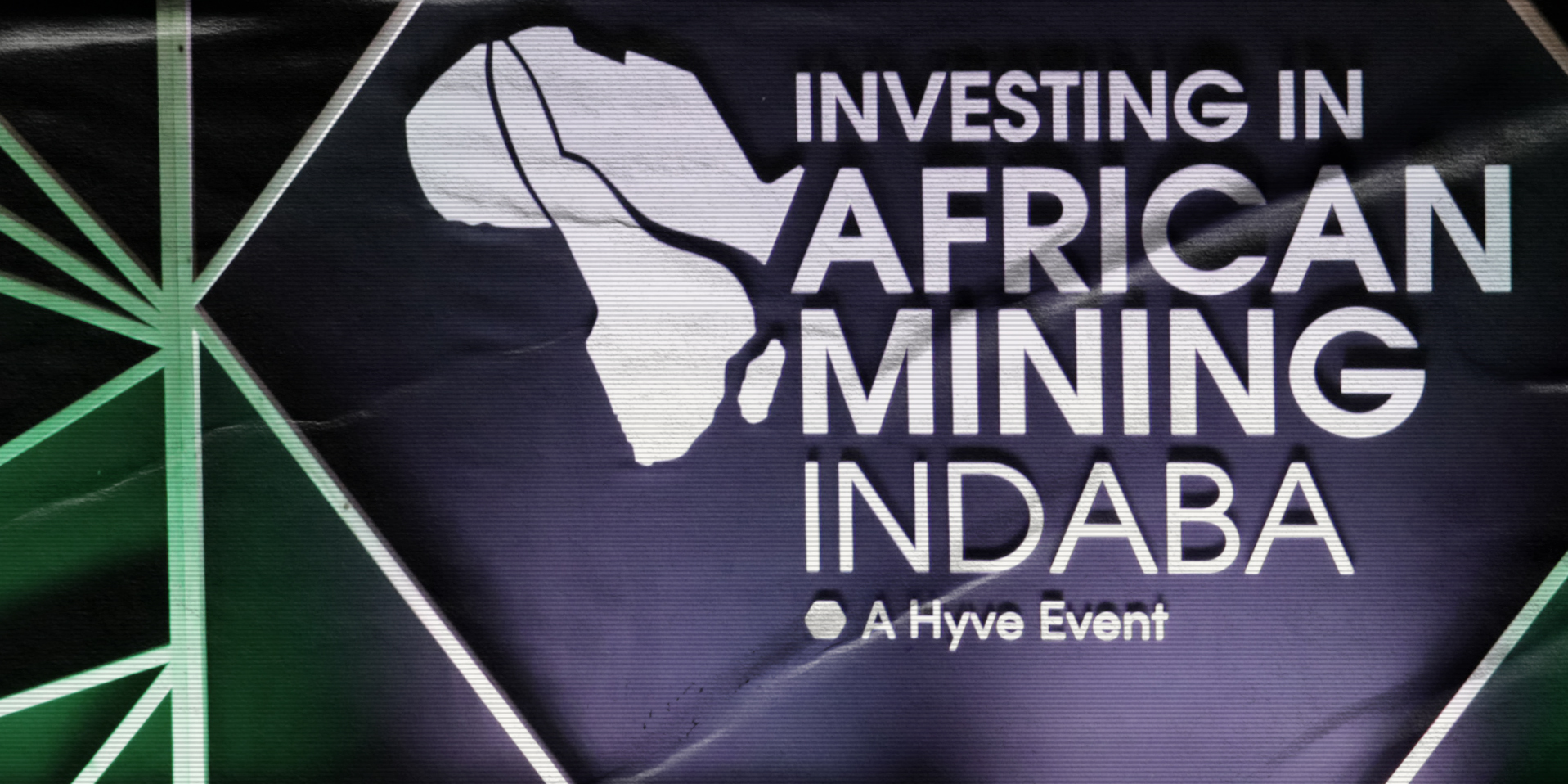The big takeaway from the African Mining Indaba is incredibly obvious and simple: Africa is increasingly eating SA’s lunch. Except, of course, it’s not our lunch and never really has been.
But the statement is generally true in the sense that mining companies have for decades preferred to mine here and possibly in Botswana rather than other countries in Africa, and that the pendulum may be swinging.
To me, the Cape Town mining conference has always been something of an irony. The main irony is, of course, that it’s located in Cape Town, one of the few places in SA where there is very little mining as opposed to, say, Johannesburg, which was actually built on a gold reef. But, in fact, I think the decision to locate the conference in Cape Town was genius.
Cape Town in February is one of the most fabulous places on earth; the wind drops, the sun shines, the wine is cheap and the hotels empty out somewhat after the holidays.
Any London-based lawyer with even the vaguest interest in mining would do anything to escape the horrors of the cold and wet and the six-hour days of the northern European February for a blast of that particular medicine. Would the same apply if the destination was Joburg? Not so much.
There is a subsidiary irony, and that is how few actual miners attend the conference.
Of course, the senior execs from all the big mining companies are here. But it is something of a testament to the growing sophistication of the mining industry that it is surrounded now by suppliers, consultants, advisers and investors in extremely large numbers. It has always been so, of course, but the sheer size of the conference suggests activity remains intense.
This is the 30th Cape Town Mining Indaba and the largest yet, with 11,000 delegates from 126 countries registered. Just getting into the conference centre in the morning involves a 30-minute wait to process and put the attendees through a security check.
African support
But the big change has been the support the conference has been getting from the rest of the continent – and that support is now paying off.
Just to take one example: this year, Anglo American CEO Duncan Wanblad made two remarkable announcements about the company making substantial investments in Zambia and Angola.
Anglo’s history in both countries is a long one – in different respects. Anglo’s copper mines in Zambia were famously nationalised in the 1970s by the then newly independent government. Before nationalisation, the mines were producing 700,000 tonnes of copper a year. That dropped precipitously (obvs) afterwards to 250,000 tonnes when the mines were once again privatised, and they have been gradually increasing production quantity ever since.
Anglo returned to Zambia in the 1980s but then voluntarily left after struggling to make the mines pay. So the prospect of returning once again is a pretty big step. But since it pulled up stakes, the value of copper to the world has increased substantially.
Wanblad paid tribute to President Hakainde Hichilema’s government, complimenting his “efforts to create an investor-friendly environment” and said the Zambian mining sector “appears to be on track for renewed activity – and that is good for Zambia, and African mining”.
Angola, he said, had also put itself back on the mining radar “by making significant progress toward creating a stable and more predictable investment environment”.
De Beers has been trying to invest in Angola for decades. But the problem was always the stranglehold former president José Eduardo dos Santos had over private investment of almost any sort, but particularly the diamond industry.
It’s not just diamonds, though. Angola has “attractive reserves of copper and nickel” and is one of four countries in sub-Saharan Africa where Anglo has an active greenfield exploration programme, he said.
What about SA? Well, the story is more or less the same. Wanblad travelled a now well-worn road: the problems the mining industry faces are a “burning platform”, he said.
“The binding constraints in the country’s domestic environment – energy, logistics, crime and corruption – became an impetus for us to act”.
Or to put it another way, there are big problems here to fix – as if we didn’t already know.
On SA’s infrastructure problems, he told Business Day, “It doesn’t feel like it’s even plateaued yet.”
These are all cycles, of course; in a few years, Angola could be declining and SA improving. Who knows? But for me, it demonstrates just how much flexibility even mining companies have to make investment choices.
SA ignores that facility at its peril. DM





